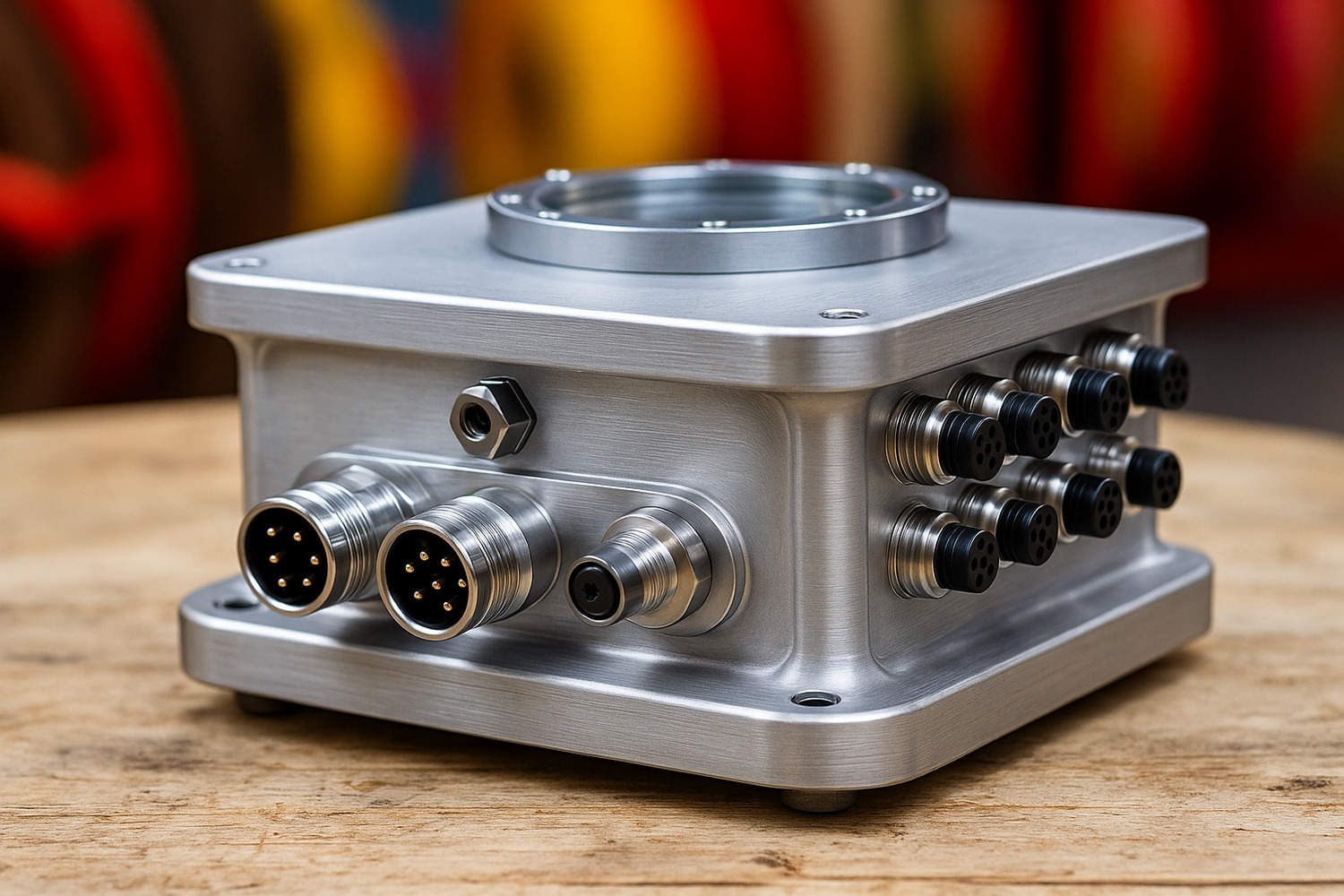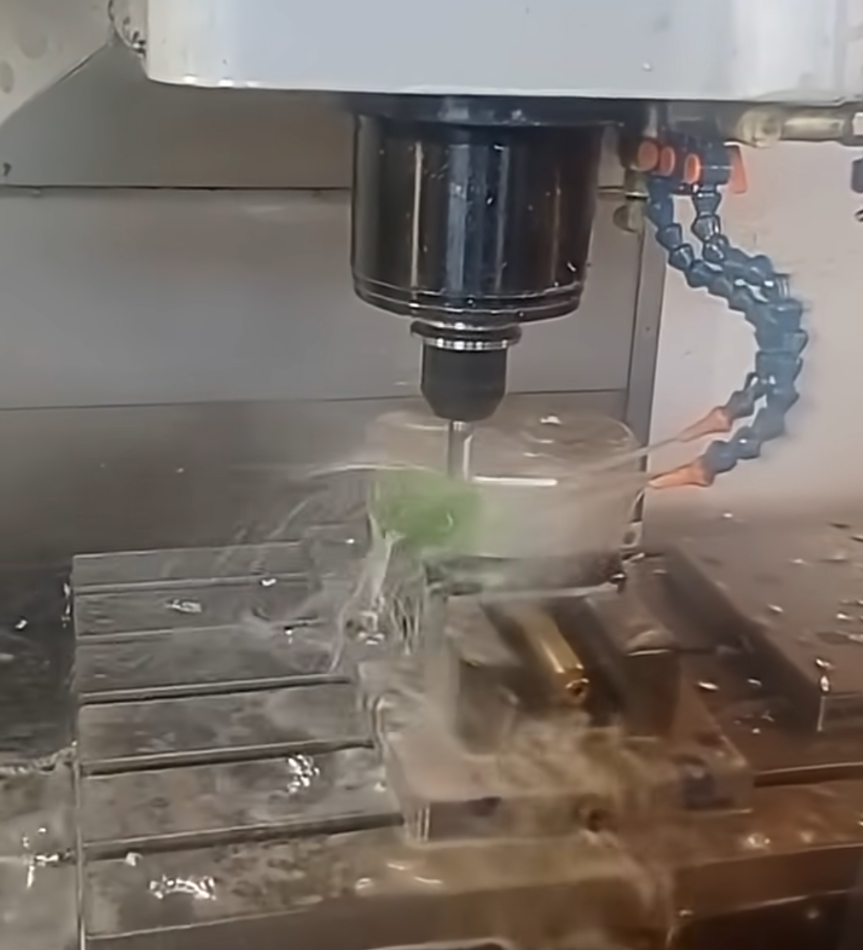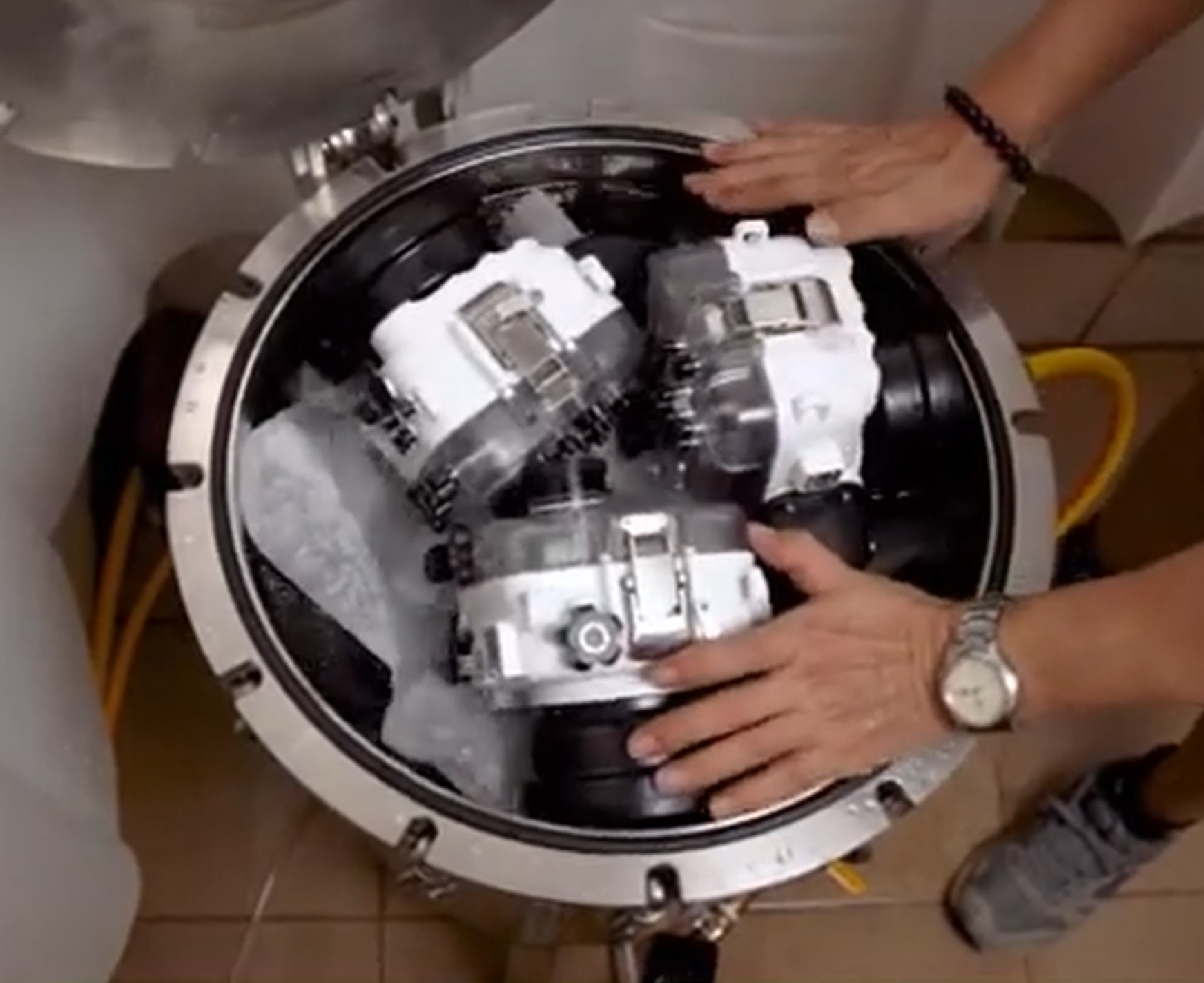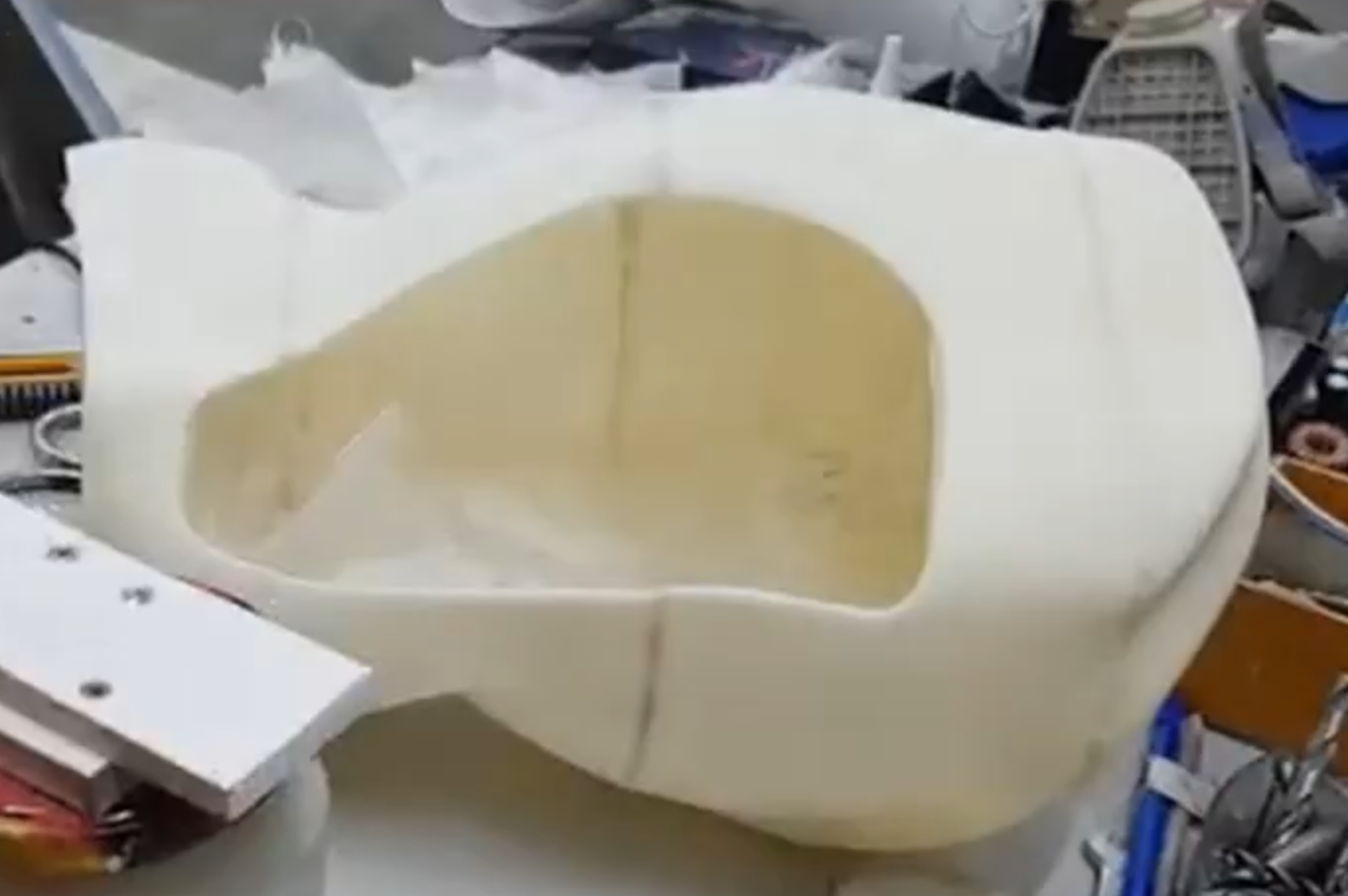We’ve read an article on the adoption of pressure-balanced housings for deep-sea electronics and have decided to share our thoughts.
Key claim from the article: Titanium pressure vessels are portrayed as unnecessarily expensive for work-class ROVs in industrial ocean exploration and oil & gas operations. Epoxy-potted assemblies or PBOF housings, backed by component-level testing and ad hoc modifications, are suggested as a dramatically cheaper substitute that still delivers acceptable protection.
This approach presents significant reliability challenges and can be used only for DIY/experimental platforms and fault-tolerant applications with limited budgets. While cost savings appear attractive on paper, the underlying risks and limitations often outweigh the benefits for industrial-grade applications.
Ad-Hoc Modifications
Component-level pressure tolerance suffers from a critical flaw: system reliability is determined by the weakest component, not the strongest. A PCB containing ceramic capacitors rated to full ocean depth becomes irrelevant if a single integrated circuit fails at 1,000 meters. This limitation creates an insurmountable bottleneck where individual component modifications cannot elevate overall system performance.
The manual modification process introduces additional failure modes that are difficult to predict or test adequately. Drilling holes in electrolytic capacitors and vacuum-filling them with mineral oil may theoretically work, but each modification is subject to human error, incomplete void filling, and microdefects that accumulate with pressure cycling. These defects may not manifest during initial testing but can propagate catastrophically during operational deployment.
Economic Reality
Common comparisons highlight an apparent order-of-magnitude price gap between oil-filled aluminum housings and titanium pressure vessels, but that framing is misleading. Once component procurement, multiple rounds of testing, failed boards, and engineering labor are included, the actual cost escalates dramatically. If ten boards must be sacrificed during the iterative modification and testing process—each representing material and engineering spend—the perceived savings evaporate.
Moreover, potting compounds and resins provide questionable protection for complex integrated circuits. Epoxy encapsulation cannot fundamentally alter the pressure tolerance of a silicon die or prevent compression-induced deformation in bond wires. The resin merely transmits pressure uniformly, which does little to address inherent mechanical weaknesses in component packaging.
Statistical Validity
Testing ten components and extrapolating success to production quantities represents statistically inadequate sampling. Pressure-induced failures often follow a distribution where microdefects accumulate over multiple pressure cycles, meaning that components passing initial tests may still harbor latent damage. Professional reliability engineering requires testing statistically significant sample sizes—potentially hundreds or thousands of units—with destructive analysis of passing samples to verify internal integrity.
The number of pressure cycles, hold duration, and operational conditions must reflect actual deployment scenarios. Single-use deep-sea missions have fundamentally different reliability requirements than ROVs conducting hundreds of dive cycles. Without cycle testing that matches or exceeds operational profiles, pressure tolerance claims remain speculative.
The Industrial-Grade Solution
A more robust approach mirrors military and aerospace electronics development: manufacturer-validated pressure-tolerant components in standardized packages. Components would be designed, tested, and qualified at the fabrication level, with each unit sealed in oil-filled hermetic packages and certified to specific depth ratings. This approach eliminates field modifications, ensures consistent performance characteristics, and provides documented reliability data.
While military-grade components cost orders of magnitude more than commercial parts, they offer predictable failure rates and eliminate the risk of catastrophic equipment loss. For industrial applications where a single ROV loss can exceed millions of dollars, the cost premium becomes economically justified.
Component manufacturers would need to establish dedicated production lines for subsea-rated electronics, complete with pressure testing, electrical characterization under pressure, and destructive sampling for quality control. Only through this systematic approach can engineers design systems with calculable reliability and defensible safety factors.
Industrial Use Cases
We should also mention confirmed industrial applications where PBOF and pressure-compensated electronics are successfully used for peripheral electronics in PBOF cables from Teledyne ODI & MacArtney Systems, Mako Industries, and for Schilling manipulators’ high-current actuator electronics and motors.
However, this approach is still not relevant for core electronics.
Conclusion
Pressure-balanced housings for critical electronics might be acceptable for:
- DIY/experimental platforms
- One-time expeditions where equipment loss is tolerable
- Applications with limited budgets and high fault tolerance
The hobbyist and research community may accept higher failure risks for low-cost systems, but industrial operators cannot. Ad-hoc modifications suit experimental platforms where equipment loss is tolerable and educational value justifies the risk.
Despite cost advantages, one-atmosphere pressure vessels remain the industry standard for critical electronics in deep subsea applications. The proven reliability, predictable failure modes, and protection of sensitive components justify the higher costs when equipment loss could exceed millions of dollars.




